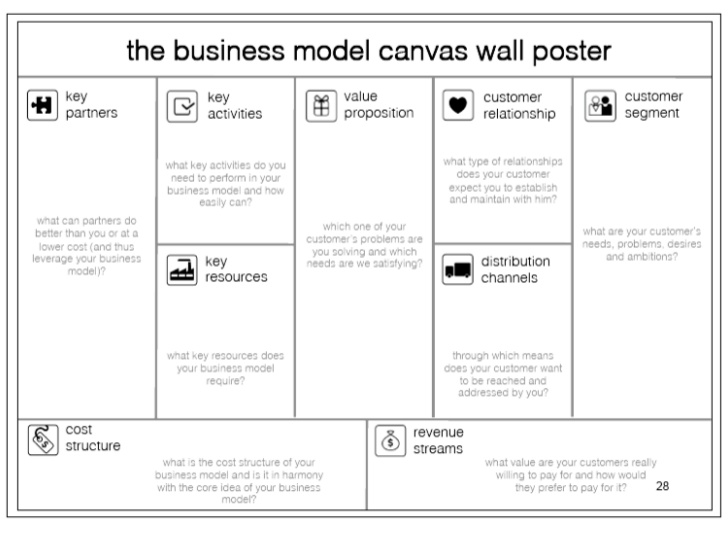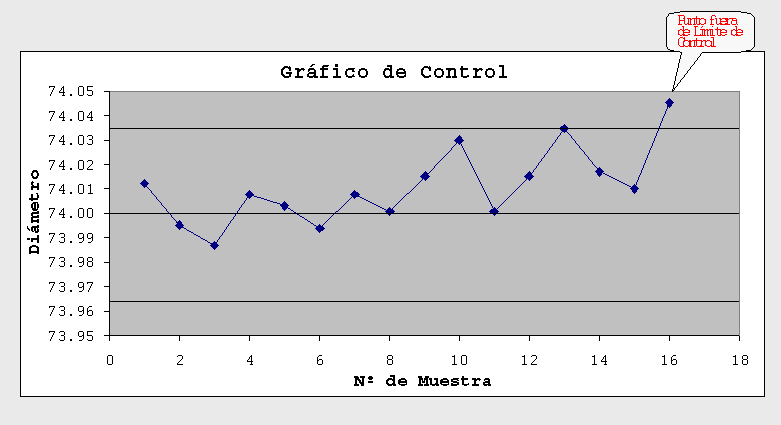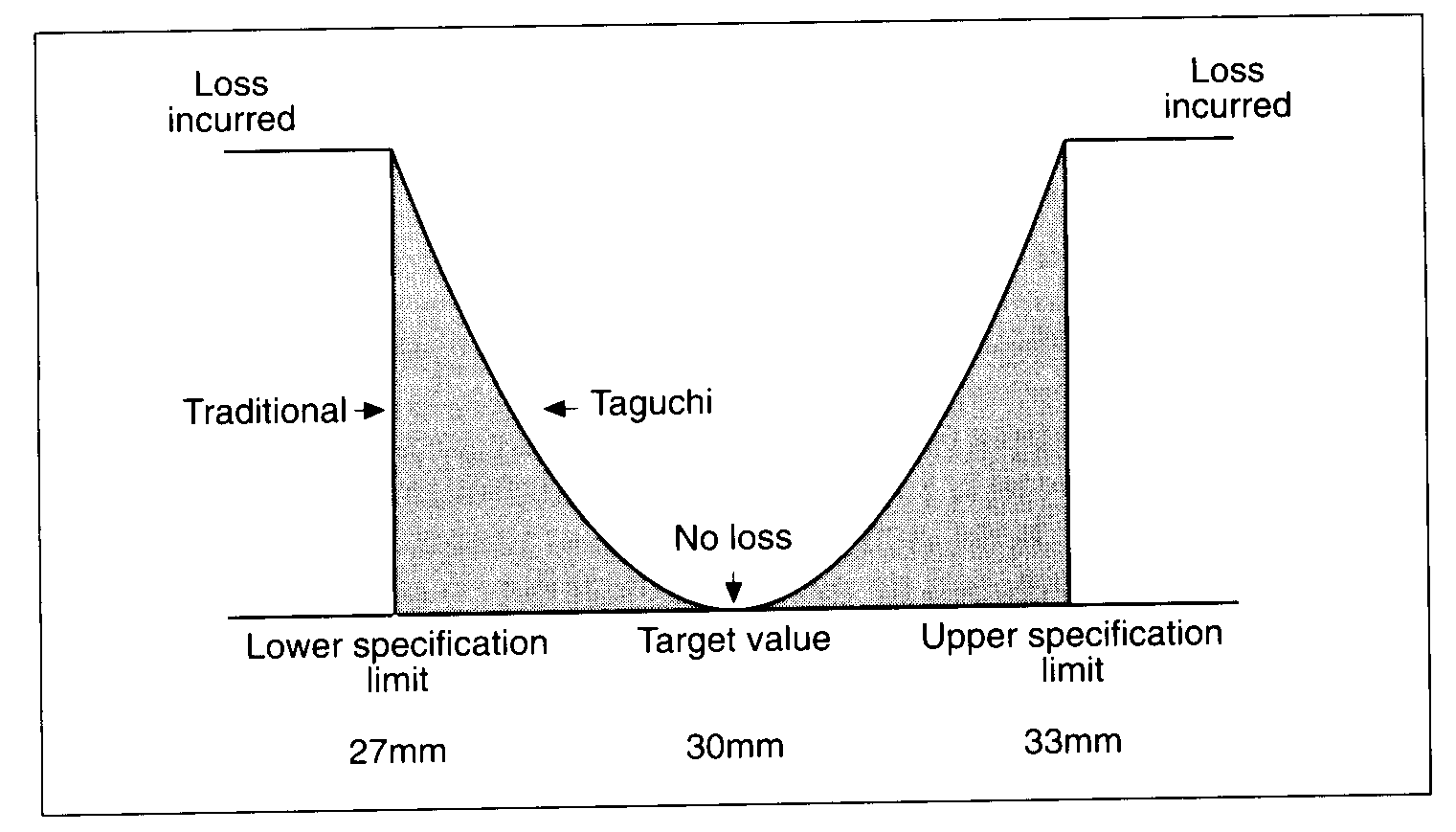Canvas: project management framework
It emerges as a project management methodology, helping guide these and focusing on a creative design by creating a canvas project to work on. In this way Canvas allows us to draw as our project would be in a series of steps that define in an agile way through the intervention of all stakeholders involved, reducing the TTM and improving the penetration of our products.
We can simplify the realization of Canvas in 3 main blocks which in turn are subdivided:
The first of the blocks located in the center defines what would be the pillars of the project, in this case the final product, on the other hand the activities needed to get that product.
On the right side we will develop market components, product value proposition, broadcast channels, customer relationship and sources of revenue.
Finally the left block defines this methodology would be to identify what resources are going to be needed, use of technological platforms (ICT), relationship between them and what is needed by each in the different steps of the project and of course establish A cost structure.
What benefits does Canvas offer?
– The Canvas model allows rapid modifications on the progress of the project based on data analysis and testing the hypotheses that mark the guidelines of the success of the project, marking the viability of the business.
– Canvas allows the interaction of the different affected areas in a friendly and flexible way, in a very intuitive way and encouraging the interaction between people.
– Undoubtedly encourages teamwork, the way in which different workshops are held to work on the evolution of the product launch. Working with a canvas model allows to establish a better relationship between the people who are going to intervene. You can use methodologies like Scamper or brainstorming.
– Improves the overall visualization of the holistic of the project. Once the Canvas is made, it will be shown to all the people who have taken part in this activity and that will be part of the achievement of the launch of the product.
Now we will develop and define other aspects that we have seen that are necessary to successfully achieve the development of Canvas.
1- Customer Segmentation: The most important thing you have to ask is who is going to be directed to your product, what penetration is going to have and if you are going to have the buying power that you have planned on that niche market.
2- Proposal of value: that is, what you need to cover, the key is to know what problem you will be able to solve your group of customers.
3- Channels of diffusion: to generate a good market penetration it is very important to define through which channels you are going to spread your product on your target audience. At this point you have to be able to discern the audience to which the product is directed and it is based on this you have the possibility to choose the best channel. If it is a group of young customers, it encourages the digital channel while in other sectors, traditional channels may be more successful.
4- Customer Journey: In this process of launching products you have to stop and think about how the relationship with your customers will be. Set touchpoints within the customer and product lifecycle. Ways of contact and feelings that can lift these touchpoints.
5 – Obtaining income: always have to justify a department’s budget to start working on a project, then, let’s see what points are sensitive to the client: how much is the customer willing to pay, how does the payment, sale Direct, online sales … then you have to evaluate all the possibilities of earning money.
When we are clear in what environment the company will move on these new products or services, we will work the internal alliances. We will evaluate the internal part of the project that we need and what expenses we will support, the points to see at this time of project development are:
1- Internal resources: we must identify what people are going to need to achieve our goal, which departments are going to be involved and of those who are going to wear the “monkey” job.
2- Actions to be carried out: it is very important to define the concept of product as market, so, we must establish some lines of action in front of this new horizon. It is very important to know that you want to not waste your time in development.
3- Internal alliances: within this canvas our actors must maintain a good communication and clear lines of action. Based on these values, we must promote the accessibility and transparency of information. It is necessary to make a foment of companionship and to eliminate it with the resources of departments involved.
4- Cost structure: we have seen that we need to identify where our benefits come from, but we also have to have identified where our costs come from. It identifies these outbreaks and establishes a prioritization to reduce these costs.
Once we have all this identified, how do we move forward?
We have marked a starting point in the execution of our project, we must update our Canvas, we must continue to update the changes that happen in our product development and when we finally launch the product to the market we are able to analyze what strengths and weaknesses have influenced our. That helps us to mark a better route at the time of the execution of new projects Canvas or of the nature that is.
Once we have finalized the project we have to take the appropriate metrics to know how good the product we have launched to the market, in these cases it is very interesting to work with Analysis AB, where through the execution of drivers you have a sample of how they affect your products to your customers and can make comparisons between groups of customers without the need to launch the product to your entire portfolio. They are agile methodologies that help to obtain quick results on impact to clients.



